

The Postwar Boom1945-1960 Part I
|
|
The American Dream
Levittown: Dream Houses all in a row -Enter the suburbs
|
see more on Levittown New York http://youtu.be/u6YuJuAMf_g
see a video athttp://www.youtube.com/watch?v=_WJUVPoCP78 see also a video of how Levittown PA is a perfect, safe wonderful
storybook place to live as long as you are "one of us"- Buy at home
the "right way" read a Feb 2006 memory of Levittown from the Globe Suburbia: from avant-garde to no place special |
Keeping Up with the Joneses
The Credit Card
|
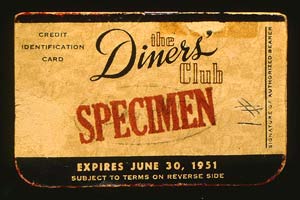 |
The New concept of "Newness"/ Planned Obsolescence
Planned Obsolescence: Planned obsolescence is the strategy of deliberately introducing obsolescence into a product strategy. Obsolescence is the process of passing out of usefulness. In a business this means the object is no longer perceived as having value. It is no longer wanted even though it is still in good working order. It is not deterioration, which is a process of disintegration or degeneration. The difference is that obsolescence is a perception about the usefulness of an object whereas deterioration is a physical process. The two concepts are highly correlated, but neither is a sufficient or necessary condition of the other. That is, you can have obsolescence without deterioration, and you can have deterioration without obsolescence. Or simply a method of stimulating consumer demand by designing products that wear out or become outmoded after limited use. Also called built-in obsolescence. Types of Planned Obsolescence
|
 |
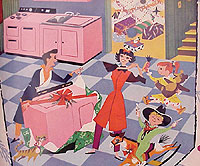 |
|
The Automobile
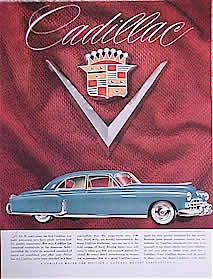 |
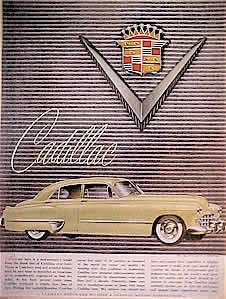 |
Harley Earl
The Edsel - Anatomy of a Flop (1957-1960 R.I.P.)
|
The Atomic Age
|
 |
Traditional Family Values
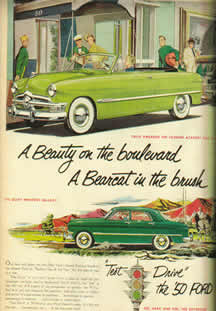 |
|
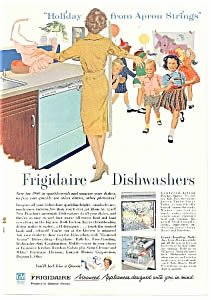 |
Women and Lipstick and the Lipstick Wars
|
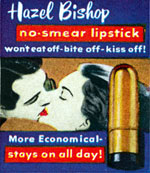 |
|---|
Tupperware- Where women in heels and white gloves burp plastic bowls at home parties
In 1945 Earl Tupper invented the watertight, airtight seal for his plastic containers. His products were sitting on shelves unsold until Brownie Wise a self taught marketer took his product to him and told him how it should be sold. Brownie had been working in direct sales and believed that Tupper's product could be marketed by women to women in a home party setting. Women who had worked in factories during the war had been pushed back into the kitchen. Brownie offered these women the chance in the 1950s, to earn thousands -- even millions -- of dollars from bowls that burped. "Tupperware ladies" fanned out across the nation's living rooms, selling efficiency and convenience to their friends and neighbors through home parties. Bowl by bowl, they built an empire that circled the globe. Brownie's sales force of women celebrated at yearly jubilees. Women were rewarded with minks, appliances, and European vacations. They had a chance to move up the ladder but once they got to the dealership level, their husband had to be involved. Although Brownie was in management all the rest were men. In 1958 as sales reached $100 million Tupper fired Brownie and sold the company a year later. Brownie owned no part of the company and only received a $35,000 settlement. Today if you visit the Tupperware site, you will find no mention of the woman who made the company a marketing success copied by many.
See more on PBS at http://www.pbs.org/wgbh/amex/tupperware/ and The Tupperware Film http://www.thetupperwarefilm.com/gallery.html |
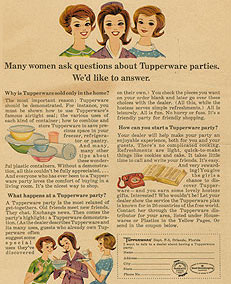
|
Sex Sells even in the 50s
Despite traditional values of the time Hugh Hefner introduced Playboy in 1953 with photos of beautiful women, sales skyrocketed. Ian Fleming had trained under William Stephenson -" The Man called Intrepid" at a secret allied spy training school -STS103- better known as Camp X, Today the camp's location is marked by a small memorial in the 17-acre, Lakefront West (Intrepid) Park on the Whitby/Oshawa border. Read a history of the pin-up at Mutoworld.com |
|
In the 1940s, Springs Cotton Mills ran a legendary advertising campaign "Be protected," reads the copy of one that depicts a young woman caught in a leaf-strewn wind. The 1949 "Buck well spent" ad raised the most eyebrows. A sleeping native American man is exhausted in a sheet stretched hammock-style between trees. A young woman is getting up from the hammock, one leg caught in the sheet. It reads "A buck well spent on Springmaid Sheet." (that's how much a sheet cost then)
Colonel Elliot White Springs, president of Springs Cotton Mill, ads gave Springmaid one of the highest brand recall ratings between 1947-1951 |
|
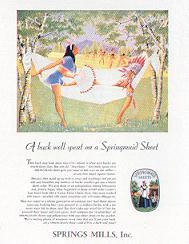 |
 |
The term "teenagers" is said to have been popularized by a "Doo-Wop" group (the precursor to Boy Bands?) Frankie Lyman and the Teenagers in the 1950's - To read about the them click The Teenagers to hear them sing Click I'm not a Juvenile Delinquent (outside link) |
US Civil Rights
Sources
Johnston, Russell. Selling Themselves: The Emergence of Canadian Advertising,Toronto: University of Toronto Press, 2001.
Silvulka, Juliann. Soap, Sex & Cigarettes. Belmont, CA:Wadsworth Publishing, 1998.
Reichert, Tom. The Erotic History of Advertising, New York: Prometheus Books , 2003.
Twitchell, James B. Adcult USA, New York:Columbia University Press, 1996.
Cola Wars formerly at http://www.geocities.com/colacentury/
Harley Earle http://info.detnews.com/history/story/index.cfm?id=101&category=people
Image and Representation of the Rebel http://www.uweb.ucsb.edu/~alan-silva/uweb/index.htm
History of Banned Music in North America http://ericnuzum.com/banned/
American Experience PBS Tupperware http://www.pbs.org/wgbh/amex/tupperware/
Hear the Tupperware film story on radio at http://www.theconnection.org/shows/2003/04/20030424_b_main.asp
Conelrad All Things Atomic A creepy look at cold war culture http://www.conelrad.com/
Duck and Cover http://www.archive.org/details/DuckandC1951
50s puritanical thinking-How Pornography is linked to communism http://www.archive.org/details/Perversi1965
Postwar America http://www.gilderlehrman.org/teachers/module20/mod_resources.html
Levittown propaganda film http://www.archive.org/details/OurHomeT1954_2
The Quiet Revolution. How Ford tractors helps build the suburbs of Levittown the completely planned community
http://www.archive.org/details/QuietRev1956Cosmetics and Skin : Hazel Bishop Inc by James Bennett
Diners Club History https://www.dinersclubus.com/home/about/dinersclub/company-history
Edsel Failure http://www.edsel.com/reviews/failure.htm
What was it all about Amos & Andy http://www.nytimes.com/1991/07/07/books/what-was-it-about-amos-n-andy.html
Racism, Ethnicity and Television here http://www.museum.tv/eotvsection.php?entrycode=racismethni